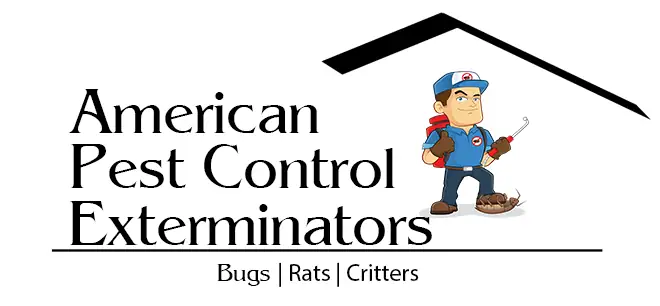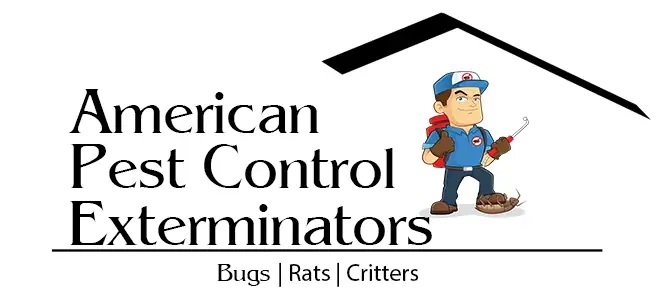
The Different Types of Wasps and Their Nesting Habits
Wasps are an integral part of the ecosystem, helping to pollinate plants and control the population of other insects. But they can also be a nuisance to humans, especially if they build their nests in or near our homes. Knowing what types of wasps are out there and how they build their nests can help us better protect ourselves against them. In this blog post, we’ll discuss the different types of wasps and how they nest. We’ll also provide tips on how to identify wasp nests and recommend preventative measures that you can take to ward off wasp infestations in your home.
What are the different types of wasps?
There are three types of wasps- social, parasitic, and solitary. Social wasps live in colonies with a queen and her workers. The workers build the nests and care for the young. Parasitic wasps don’t have a nest, but lay their eggs inside the nests of other species of wasps. Solitary wasps live alone and build their own nests.
Where do wasps build their nests?
There are a few different types of wasps, and each type builds its nest differently. The most common type of wasp is the paper wasp. Paper wasps build their nests out of, you guessed it, paper! They chew up wood and mix it with their saliva to create a paper-like material, which they then use to construct their nests. These nests are usually found hanging from eaves or porches. Another type of wasp is the mud dauber. Mud daubers build their nests out of mud that they collect from puddles or damp soil. They fashion this mud into little tubes, which they then use to build their nests on vertical surfaces like walls or tree trunks. Lastly, there are ground-nesting wasps. These wasps build their nests in burrows underground. They excavate these burrows themselves, and line them with bits of leaves or grass to make them livable. Ground-nesting wasps are typically more aggressive than other types of wasps because their nests are more vulnerable to being disturbed.
What materials do wasps use to build their nests?
There are a variety of materials that wasps may use to build their nests. Some common materials include: paper, leaves, grass, twigs, and mud. Wasps will often use whatever material is most readily available to them.
Paper wasps are one of the most common types of wasps in North America. They get their name from the fact that they build their nests out of paper. Paper wasps will chew up wood and other plant material to create a pulp that they then use to construct their nests.
Leaf-cutter bees are another type of wasp that builds its nest out of leaves. These bees collect leaves from trees and shrubs and then use them to line the inside of their nest. Leaf-cutter bees are important pollinators and play a vital role in the ecosystem.
Grass mason bees are another type of bee that uses grass to build its nest. These bees collect blades of grass and then weave them together to create a structure for their eggs. Grass mason bees are important pollinators and help to keep our lawns and gardens healthy.
Twig nesting wasps are another type of wasp that builds its nest out of twigs. These wasps will gather twigs from trees and shrubs and then weave them together to create a secure home for their young. Twig nesting wasps are important predators that help control populations of harmful insects
How long does it take for a wasp nest to be built?
Most wasp species build their nests by chewing wood to create a pulp that they then shape into the desired structure. The size and complexity of the nest depends on the species of wasp, but they can generally be classified as either above-ground or below-ground nests. Above-ground nests are more common and are typically built in trees, bushes, or under eaves. Below-ground nests are less common and are typically built in soil or in pre-existing cavities such as hollow logs or abandoned rodent burrows.
The construction of a wasp nest can take anywhere from a few days to a few weeks, depending on the size and complexity of the structure. Large above-ground nests can take several weeks to build, while small below-ground nests may only take a few days. Once the nest is completed, the queen will lay her eggs inside and the colony will begin to grow.
How many wasps live in a nest?
The number of wasps in a nest can vary greatly depending on the species of wasp. Some nests may contain just a few wasps, while others may have tens of thousands. Thesize of the nest also plays a role in how many wasps it can support.
What do wasps eat?
There are many different types of wasps, but the most common in North America are paper wasps, yellowjackets, and hornets. Wasps are predators and their diet consists mainly of other insects such as flies, mosquitos, caterpillars, and beetles. They will also eat nectar from flowers.
Some species of wasps are beneficial to gardens as they help control insect populations. However, others can be quite aggressive and their sting can be painful. If you have a wasp problem, it is best to call a professional for assistance.
Do all wasps sting?
No, not all wasps sting. In fact, most wasps will only sting humans if they feel threatened. However, there are some species of wasps that are more aggressive and will sting humans even if they’re not feeling threatened.
What should you do if you find a wasp nest on your property?
If you find a wasp nest on your property, the best thing to do is to call a professional exterminator. If you try to remove the nest yourself, you risk being stung by the wasps. Wasps can be very aggressive, and their stings can be painful and even deadly in some cases.

